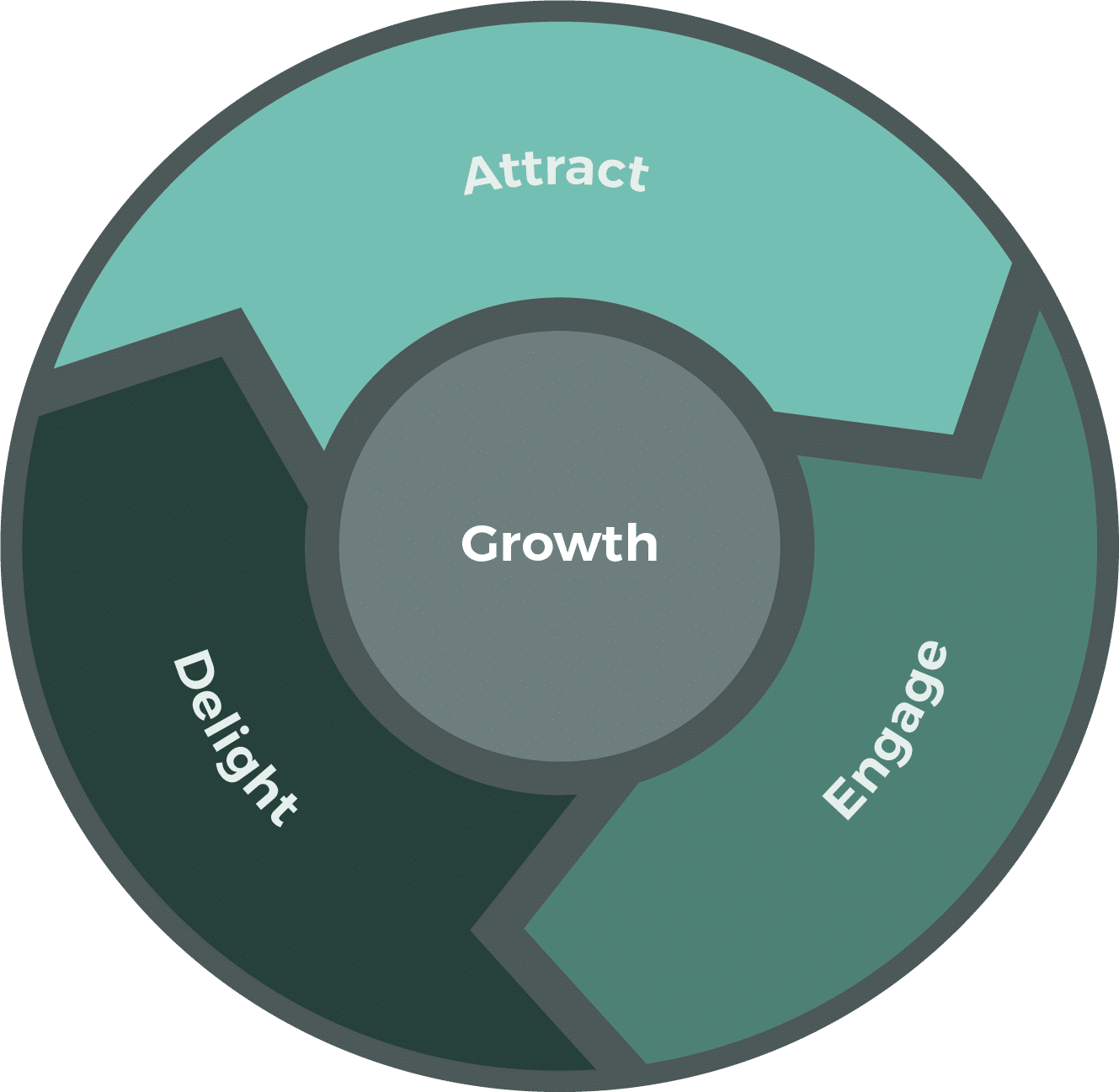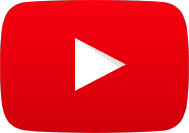How To Optimize Video Content
July 17, 2019
Video is a Tactic, Not Just a Tool
We know that video is the most effective way to get a message across. 72% of people would rather learn about a new product or service through video rather than through text on a page.
But how do you ensure that your video actually reaches people? And how do you ensure that your video outperforms your competition’s video?
Learning how to optimize video content is the key to success, but it’s the step where a lot of people stop short.
Optimize Based on Goal
Taking a Flywheel approach, decide on your main business goal: attract new prospects, engage with prospects and turn them into customers, or delight your current customers.

Different types of video content on different channels need to be optimized differently.
By utilizing subtitles, creating different formats, uploading natively, and cutting different video lengths, your video can be optimized to ensure maximum reach, engagement, and viewer retention on each platform.
The video marketing trifecta is Content, Channels, and Optimization. This article dives deep into what video content works best with each goal, and this article explores the best digital distribution channels for each goal.
Optimization Tools
Subtitles
The majority of videos on the Internet are watched without sound, especially on social media. In fact, 85% of videos on Facebook are watched without sound.
Whether your content is being shown on social media, your website, or a trade show, including subtitles with your video ensures the message gets across with or without sound.
Across all platforms, subtitles will increase viewer retention and understanding. Viewers now expect subtitles and are often quick to abandon a video that doesn’t have them.
Format
Different video formats are optimal for different channels. Landscape videos are best for website and YouTube while square and vertical videos perform best on social media.
Landscape video (aka wide-screen) is still the most popular video format because it works on every channel. Landscape dimensions are 16:9.
You may be wondering- why use square video on social media? This is because square video takes up 78% more screen space than landscape video on mobile devices, which makes it more likely for your audience to stop and enjoy your content.
Vertical video (aka portrait) is the newest kid on the block and has risen in popularity with the evolution of Snapchat and Instagram Story. Vertical dimensions are 9:16, or the exact opposite of landscape.

1:1

1:1

1:1

Story & IGTV
9:16

YouTube
16:9

1:1

2:3 or 1:1
Native
When posting video to social media, the most important step for optimal reach is posting natively. Post the video file itself to the individual social platforms, rather than linking to YouTube or Vimeo.
Native video gets far more engagement, views, and reach than links to videos. This is for two reasons- both humans and individual platforms prefer native video.
Videos uploaded directly to social media auto-play within the platform, which makes users more likely to stay engaged and more likely to share the video. No one wants to take the extra effort on social media to click for a video to play. It sounds insignificant, but it makes for a more seamless experience.
Social media platforms have their own, native video players and prefer users to use that. Links to 3rd party video players like YouTube will be suppressed because the social platforms don’t want to send users onto another website.
Length
Different lengths are optimal for different goals and different platforms.
Short videos are best for attracting prospects because these people don’t yet care about you! Don’t ask them to watch something long!
Plus people have extremely short attention spans, especially when scrolling through social media. Most of us social media consumers suffer from a little thing called quick thumb syndrome (a term I coined) and rapidly thumb through our social media feeds without retaining much of the information.
Micro videos are about 5 to 15 seconds long, and are meant to capture the attention of social media users. We also refer to these as Goldfish Videos, because humans have a shorter attention span than a goldfish.
Longer videos work better when engaging with prospects later in the customer lifecycle. At that point, people are more interested in your company and product and are more willing to listen to you.
In the delight stage, longer videos are also useful because your audience is your customers, and the content is designed to help them, not sell to them, so they’re more likely to pay attention.
Optimize for Success
Understanding how to optimize video content is what truly helps you get the most out of your videos and the most for your money.
A video is only as successful as the digital strategy behind it, and optimization is the final piece to the strategy puzzle.
Interested yet?
Let’s Chat.


